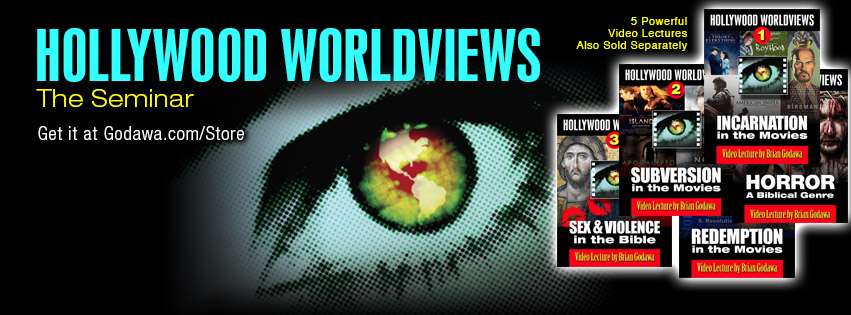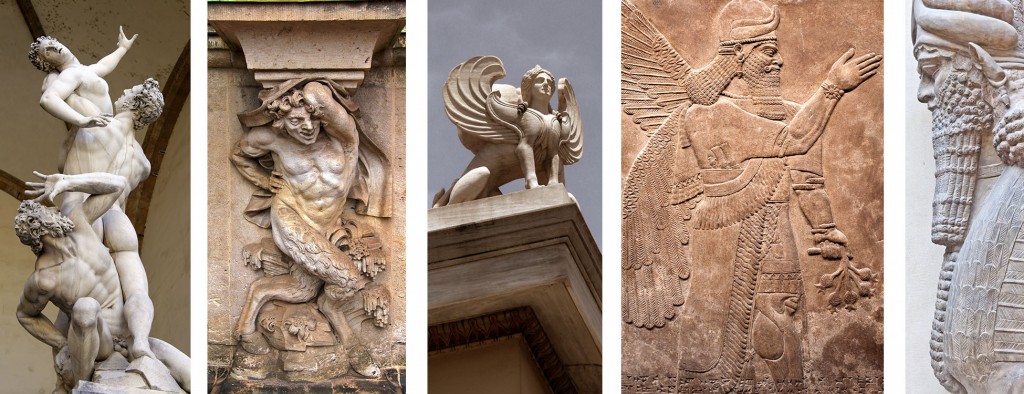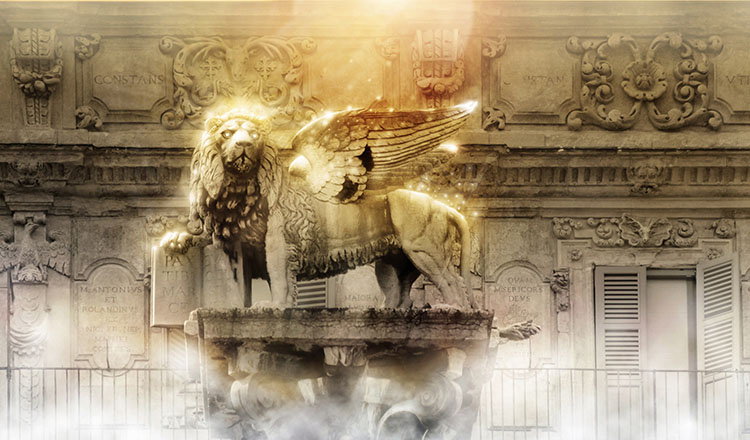JUST RELEASED!
How God Captures the Imagination
Brian Godawa, Hollywood screenwriter and best-selling novelist, explores the nature of imagination in the Bible. He explains how God subverts pagan religions by appropriating their imagery and creativity, and redeeming them within a Biblical worldview. The sea dragon Leviathan, the Storm God and others are examined within their Biblical context to draw out the spiritual meaning. Improve your imagination in glorifying God and defending the faith.
Here are the Chapters Titles:
Demonizing the Pagan Gods
Old Testament Storytelling Apologetics
Biblical Creation and Storytelling
The Universe in Ancient Imagination
New Testament Storytelling Apologetics
Imagination in Prophecy and Apocalypse
An Apologetic of Biblical Horror
For more information…
CLICK HERE to buy it at Amazon.
CLICK HERE to see the website.





